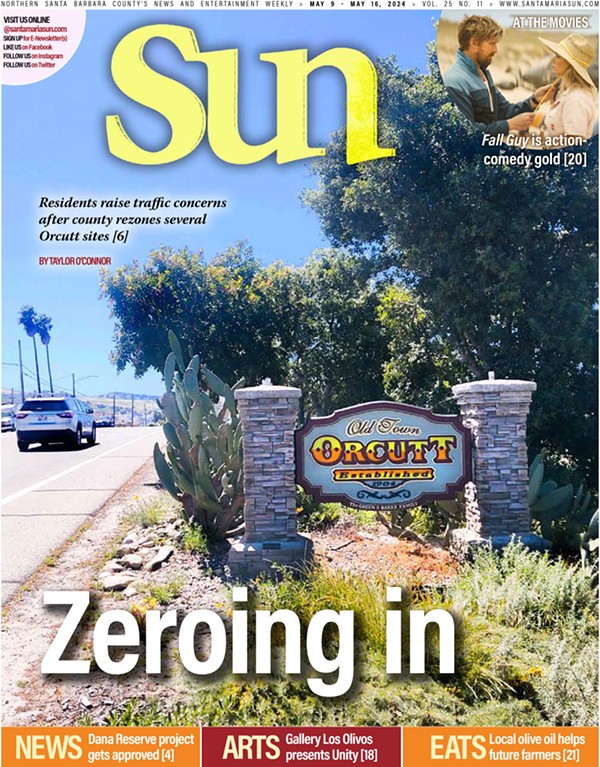As a teenager in south Texas in the early 1950s, I grew up among guns. They were just a natural part of things. Every household seemed to have some. Our kitchen pantry, for example, housed a .30-06 deer rifle because my old man had once hunted deer. We also had a semiautomatic .22 caliber pistol for emergencies, such as rabid possums or visiting rattlesnakes.
These firearms just sat there quietly. They were definitely not play toys or artifacts for big-boy military dress-up. They were considered killing tools, no more and no less.
There was, however, a definite fascination with the different forms and history of guns. For example, many handguns were brought to school to be shown around and traded during recess. There were small muzzle-loading derringers and even pearl-inlayed flintlock dueling pistols. It was amazing how many historical guns were available to 16-year-old males in this rural setting.
Our high school was a pretty tough place, yet for all this, it never crossed our minds to actually point these weapons at anyone, much less load and shoot at a person. So, what changed? Well, three things changed!
First change: massive technological development. The Cold War between the USSR and the USA resulted in massive efforts to improve killing power from nukes all the way down to armament of individual soldiers. World War II machine gun squads of three to five soldiers had less firepower than a single soldier with a lightweight air-cooled assault weapon and very efficient ammunition clips. The result in increased fire power was such that an untrained 18-year-old could hold off a whole town’s police department while systematically slaughtering their children, as happened in Uvalde, Texas (about 70 miles from my old high school).
Second change: Personal firearms started becoming fetishes. Many people don’t understand what a fetish is, so here’s part of the dictionary definition:
Fe-tish: Any object of blind reverence or devotion.
I’m not saying we didn’t have our own teen fetishes in 1951, but they were certainly not related to guns and death. They were more related to sex, or, more often, hoped-for sex.
We lived at large distances, a double date might require hundreds of miles of travel. Our closest thing to a fetish was the hot car. My old man’s Oldsmobile Rocket 98 would often travel hundreds of miles on a typical Saturday double date. The car was also capable of taking on anybody in the occasional drag race, sometimes part of the dating scene.
Third change: Personal guns progressively became a highly organized money-making industry. A very peculiar aspect of our capitalist system is that it is OK to sell products openly that are unhealthy as long as enough “freedom” is applied to the equation.
In the early ’50s, tobacco smoking filled this perverse niche in our economic system. Millions of early deaths were the result of this cynical situation.
Personal guns are essentially the new tobacco industry, cynically making gobs of money on supplying technically sophisticated fetishes to impressionable youth in the name of freedom.
If this little spiel annoys any reader, I’m sorry. But I think a 70-year romp through small-town American history can help illuminate the very difficult situation in which we now find ourselves.
Retired Cal Poly professor Ken Haggard is also a retired U.S. Army Reserve captain and a retired architect. Send a response for publication to [email protected].






